Are you curious about the lives of remarkable individuals? Here are the top person and artist museums in Kraków:
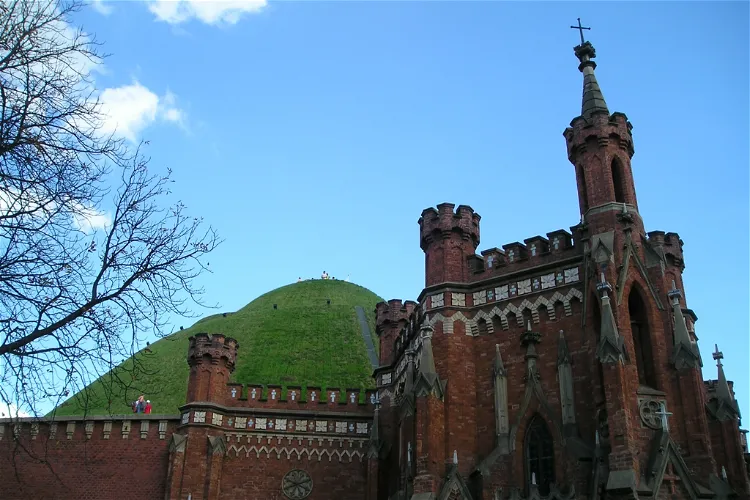
Kosciuszko Mound
KrakówKościuszko Mound, located in Kraków, Poland, is an artificial mound built in honor of the Polish national leader, Tadeusz Kościuszko. This monument is a testament to the national pride and respect for the leader who played a significant role in Poland's history. Visitors can learn about the historical significance of this site and the person it commemorates.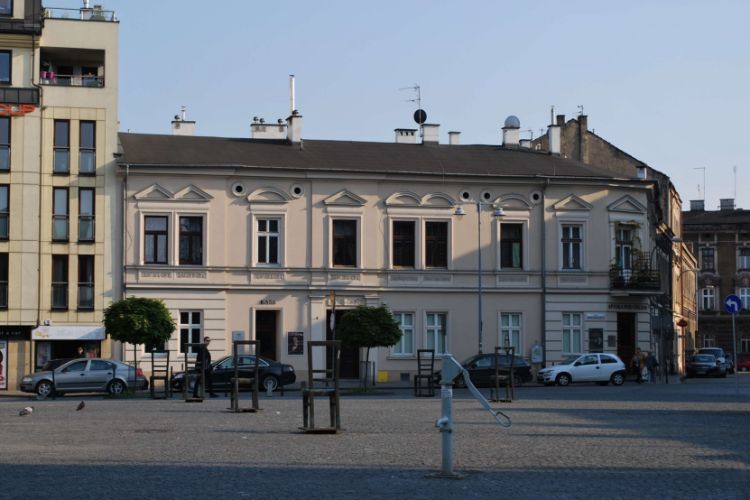
Apteka pod Orlem - Ghetto Eagle Pharmacy Museum
KrakówApteka Pod Orłem (Pharmacy Under the Eagle) was the only pharmacy in the Krakow ghetto. The pharmacy was established in 1910 by Jozef Pankiewicz. During the Second World War the owner was his son Tadeusz Pankiewicz, the only Pole who lived within the boundaries of the ghetto, from the beginning to t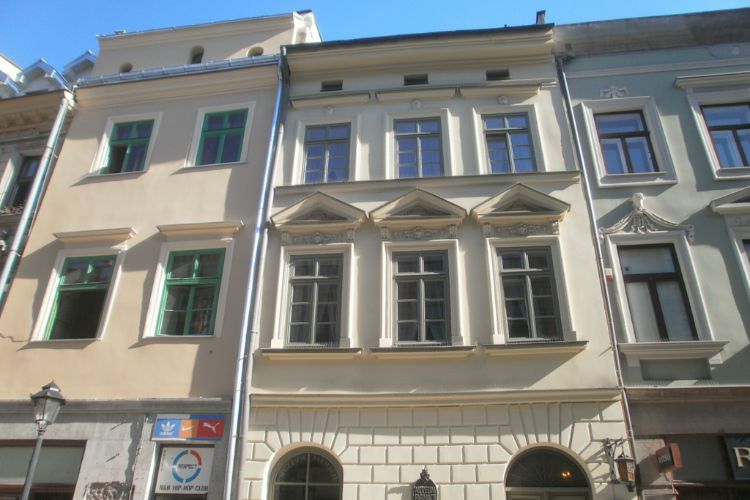
Pharmacy Museum in Kraków
KrakówThe Pharmacy Museum in Kraków (Muzeum Farmacji Collegium Medicum Uniwersytetu Jagiellońskiego) is a museum in Kraków that specializes in the history of pharmacy and pharmaceutical technology that was established in 1946. The museum is located on all five floors of the building, including the basemen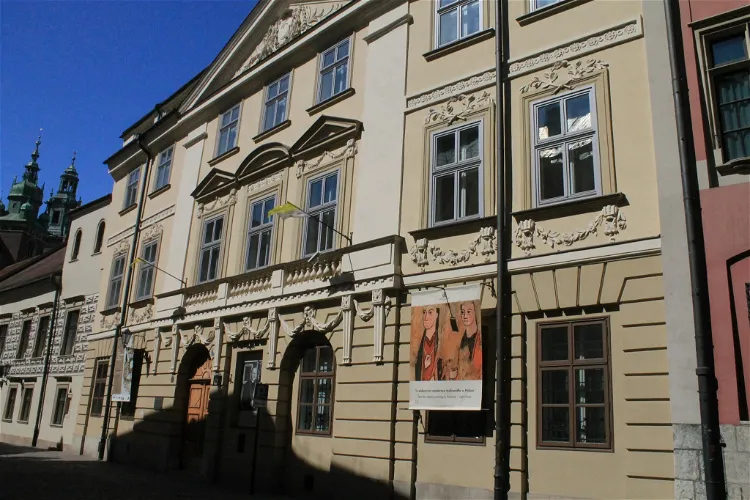
Archdiocesan Museum
KrakówThe Archdiocesan Museum in Krakow is located in the former residence of Cardinal Karol Wojtyła, who later became Pope John Paul II. The museum is situated in houses number 19 to 21 at Kanonicza Street. This location is not only significant for its historical value but also for its connection to one of the most influential figures in the Catholic Church.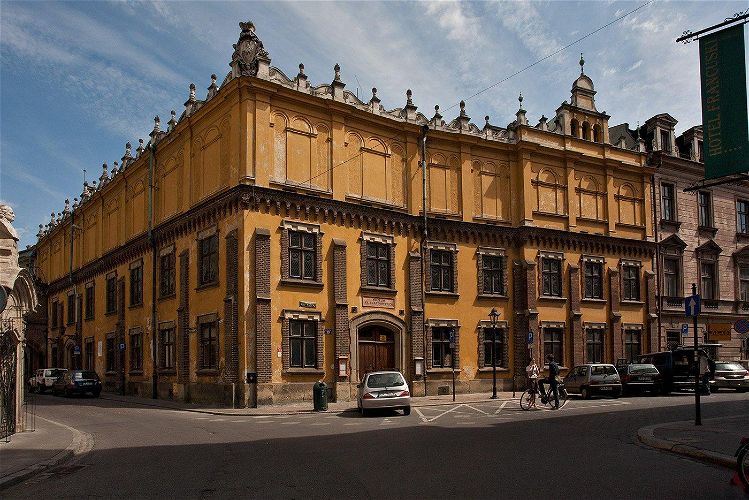
Princes Czartoryski Museum
KrakówThe Czartoryski Museum (Czartoryski Palace Museum) is a museum in Krakow that was founded by Princess Izabela Czartoryska in 1796 (firstly not in Krakow, but in Puławy) to preserve Polish heritage. The collection contains historical artifacts from the recovered treasures of the Wawel Cathedral, the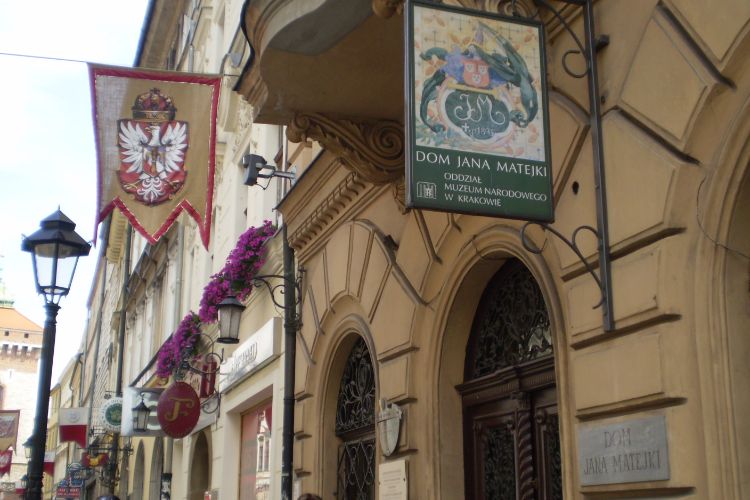
Jan Matejko House - Krakow National Museum
KrakówThe Jan Matejko House in Krakow is a museum dedicated to the painter Jan Matejko (1838-1893), who was born there and spent his whole life there. The house was built in the 16th century and was rebuilt several times after that. In 1872, Jan Matejko designed a new facade with the architect Tomasz Pryl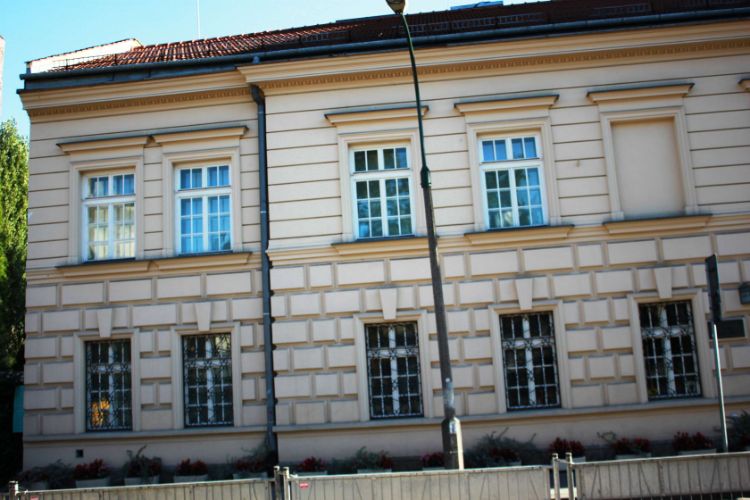
Jozef Mehoffer House - National Museum in Krakow
KrakówThe Józef Mehoffer House ( Dom Józefa Mehoffera) is a museum in Krakow that is a branch of the Krakow National Museum. The museum is dedicated to the painter Józef Mehoffer (1869-1946). Stanisław Wyspiański was born in the house in 1869. The Mehoffer family also lived in the house in the post-war pe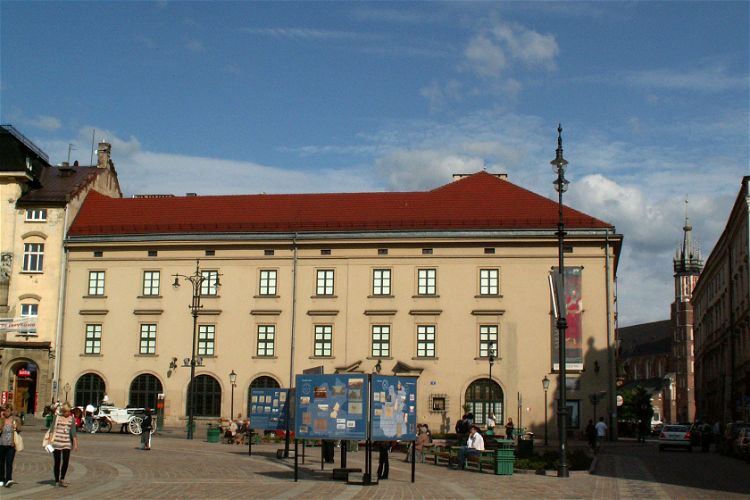
The Feliks Jasieński Szołayski House
KrakówThe Szołayski house is a two-storey building in Krakow that houses a permanent exhibition devoted to Stanisław Wyspiański (a Polish playwright, painter and poet, as well as interior and furniture designer) and Feliks "Manggha" Jasieński (a Polish critic and art collector). The oldest part of the Szo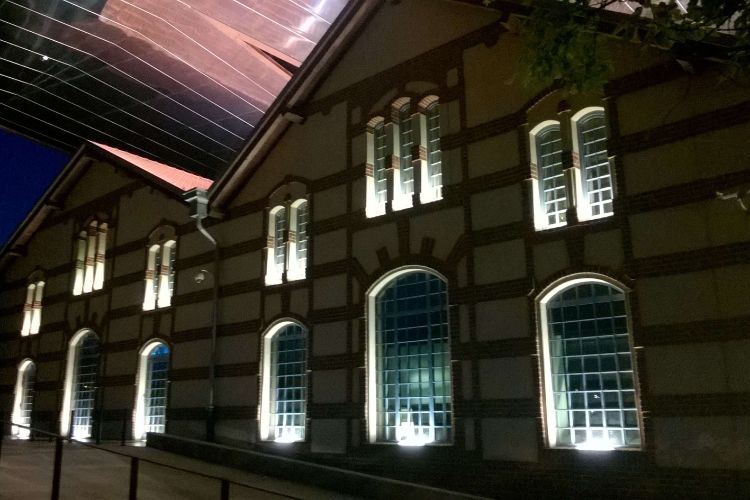
Cricoteka
KrakówThe Cricoteka (Center for the Documentation of the Art of Tadeusz Kantor) is a cultural institution founded in 1981 in Krakow, housed in a former power plant. It is dedicated to the Polish painter, assemblage and Happenings artist, set designer and theatre director Tadeusz Kantor. After his death, t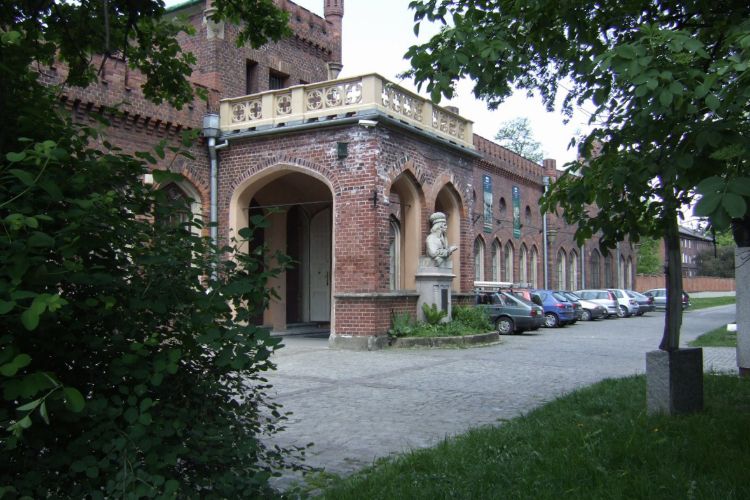
Celestat
KrakówThe Celestat is a musuem in Krakow that is dedicated to the history of the Cracovian Fowler Brotherhood of hunters and marksmen. The museum holds and displays a collection that includes oil paintings, guns, teapots, photographs and other relics related to its history.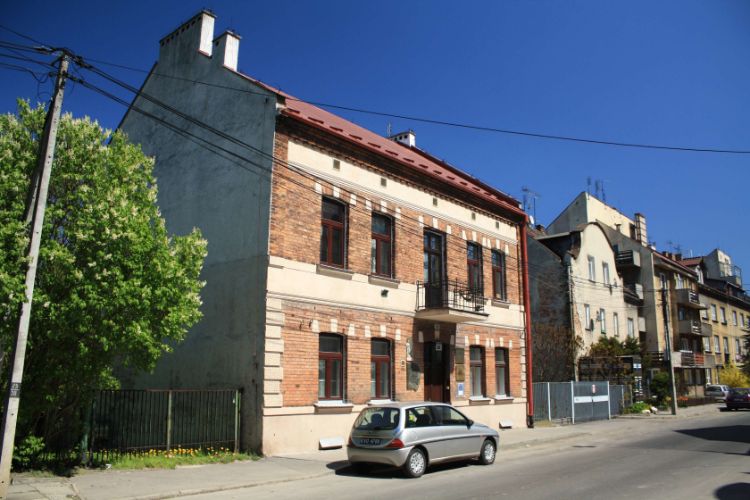
Zwierzyniec House
KrakówThe Zwierzyniec House is a branch of the Krakow Historical Museum. The museum houses an exhibition that illustrates the history of creativity of artists from Zvezhynets. Furthermore, the museum illustrates the changes that have taken place in the former suburbs of Krakow since their incorporation in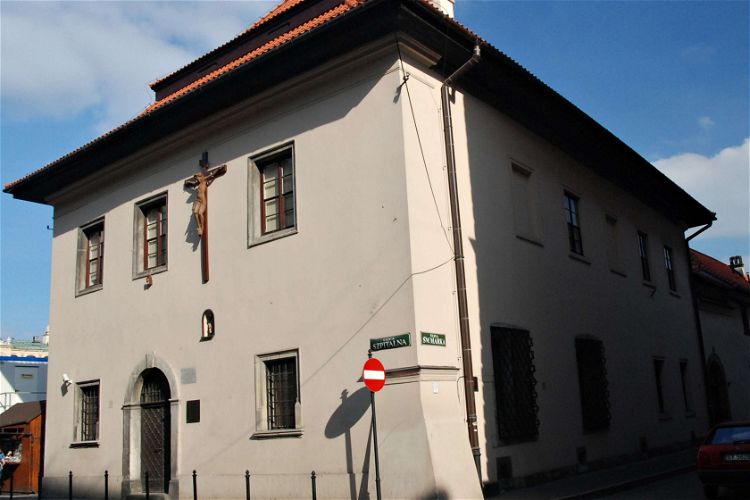
Cross House
KrakówThe Cross House (Dom pod Krzyżem) is a historic-architectural building in Krakow that houses the Stanislav Wyspianski Theater Museum, which is a branch of the Krakow Historical Museum. In 2008, a permanent exhibition was closed due to the necessary renovation of the building, conservation of exhibit